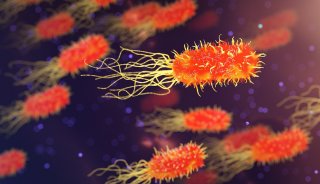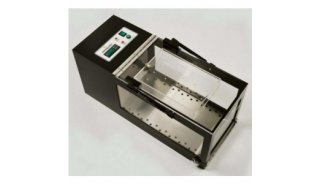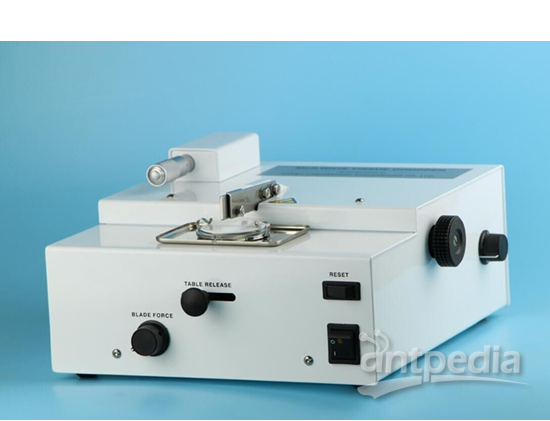CXCR4 Signaling Pathway

CXCR4 is a chemokine receptor in the GPCR gene family, and is expressed by cells in the immune system and the central nervous system. In response to binding its ligand SDF-1 (stromal cell-derived factor-1), CXCR4 triggers the migration and recruitment of immune cells. This ligand-receptor pair may also play a role in development of the nervous system. In addition to acting as a chemokine receptor, CXCR4 is a co-receptor for entry of HIV into T cells and ligands of CXCR4, including SDF-1 may help to block HIV infection. Early in the infection of an individual, HIV viruses often are tropic for the CCR5 coreceptor that provides for macrophage entry, then later in infection are tropic for CXCR4 and T cell entry. Viruses that are tropic for CXCR4 are generally syncitium forming, causing T cells to aggregate and be destroyed at a rapid rate.CXCR4 induces downstream signaling by several different pathways. As a GPCR, CXCR4 binding of SDF-1 activates G-protein mediated signaling, including downstream pathways such as ras, and PI3 kinase. PI3 kinase activated by SDF-1 and CXCR4 plays a role in lymphocyte chemotaxis in response to these signals. One endpoint of CXCR4 signaling is the activation of transcription factors such as AP-1 and chemokine regulated genes. JAK/STAT signaling pathways also appear to play a role in SDF-1/CXCR4 signaling. Delineation of the signaling mechanisms utilized by CXCR4 may assist in determining the role of CXCR4 in HIV infection and in the immune response.
Contributor:
REFERENCES: Bleul CC, et al. The lymphocyte chemoattractant SDF-1 is a ligand for LESTR/fusin and blocks HIV-1 entry. Nature 1996 Aug 29;382(6594):829-33) Cheng Z, et al. b-Arrestin Differentially Regulates the Chemokine Receptor CXCR4-mediated Signaling and Receptor Internalization, and This Implicates Multiple interaction Sites between b-Arrestin and CXCR4. J Biol Chem 2000 Jan 28; pp 2476-2485 Dutt p, et al. Stromal Cell-Derived Factor-1a and Stem Cell Factor/kit Ligand Share Signaling Pathways in Hemopoietic Progenitors: A Potential Mechanism for Cooperative Induction of Chemotaxis. J Immunology, 1998 161:pp 3652-3658 Jian-Feng Wang, In-Woo Park, and Jerome E. Groopman. Stromal cell-derived factor-1a-stimulates tyrosine phosphorylation of multiple focal adhesion proteins and induces migration of hematopoietic progenitor cells: roles of phosphoinositide-3 kinase and protein kinase C. Blood, 15 April 2000, 95(8), 2505-13. Ling K, et al. Five-transmembrane domains appear sufficient for a G protein-coupled receptor: Functional five-transmembrane domain chemokine receptors. Cell Biology 1999 96:pp 7922-7927 Miguel Vicente-Manzanares, et al. Involvement of Phosphatidylinositol 3-Kinase in Stromal Cell-Derived Factor-1a-Induced Lymphocyte Polarizationa dn Chemotaxis. Immunology, 1999, 163, 4001-12. Ramesh K. Ganju, et al. The a-Chemokine, Stromal Cell-derived Factor-1a, Binds to the Transmembrane G-protein-coupled CXCR-4 Receptor and Activates Multiple Signal Transduction Pathways. Biological Chemistry, 1998, 273(36), 23169-175. Yannis Sotsios, Gillian C. Whittaker, John Westwick, and Stephen G. Ward. The CXC Chemokine Stromal Cell-Derived Factor Activates a Gi-Coupled Phosphoinositide 3-Kinase in T Lymphocytes. Immunology, 1999, 163, 5954-63. Zhang XF, et al. Janus kinase 2 is involved in stromal cell-derived factor-1alpha-induced tyrosine phosphorylation of focal adhesion proteins and migration of hematopoietic progenitor cells. Blood 2001 Jun 1;97(11):pp 3342-3348 Zou YR, et al. Function of the chemokine receptor CXCR4 in haematopoiesis and in cerebellar development. Nature 1998 393(6685):pp 595-599




















